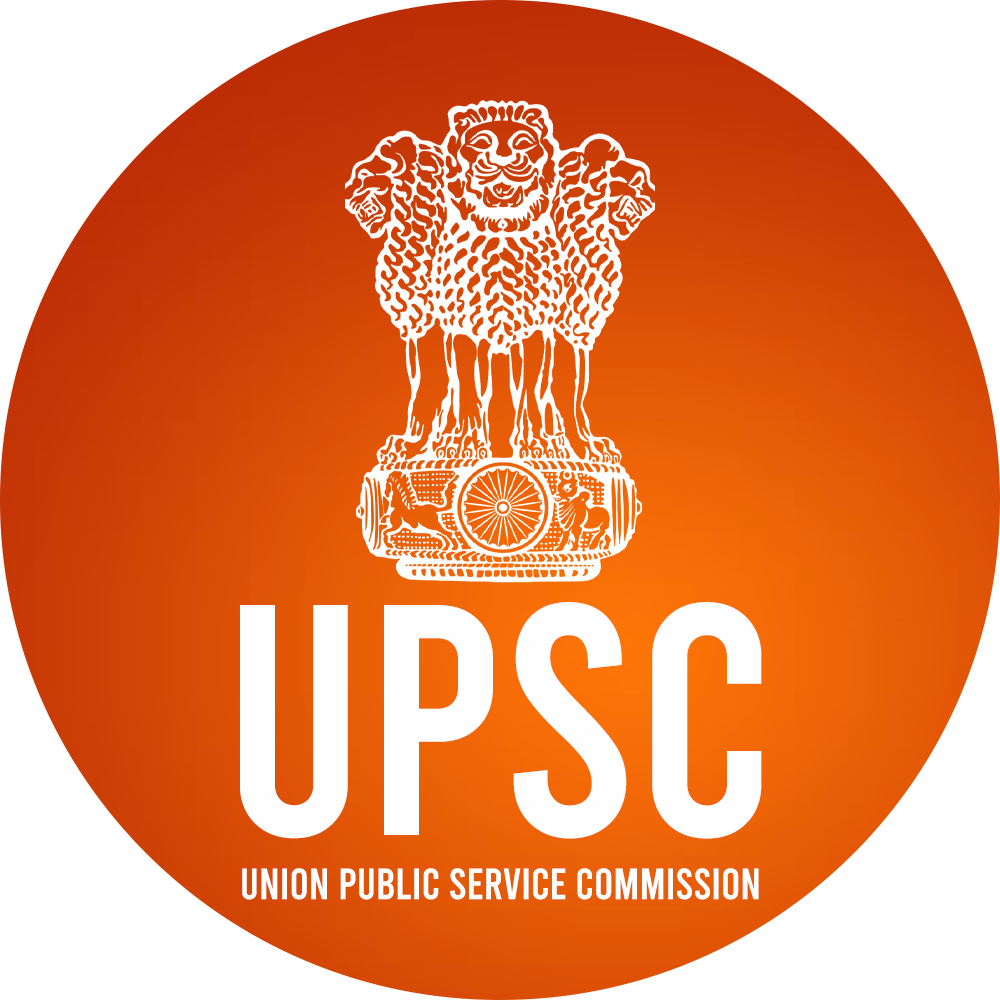The current status of the Bharalu River is alarming, as it is now considered one of the most polluted rivers in India. The water has turned black and is highly toxic, with no aquatic life able to survive in its polluted state.
Factors Behind Pollution of Bharalu River
- Industrial Waste:
- The establishment of Guwahati Refinery contributed significantly to pollution.
- Industrial effluents and chemicals discharged into the river led to the degradation of water quality.
- Encroachment and Narrowing of the River:
- Encroachment along the riverbanks reduced the river’s width.
- Unauthorized construction and narrowing of certain stretches affected natural flow, leading to stagnation and accumulation of pollutants.
- Sewage and Drainage Connections:
- Many households and commercial establishments connected sewage lines directly to the river.
- Unauthorized drains discharge untreated waste into the river, exacerbating pollution levels.
- Hospital Waste:
- Some hospitals dispose of untreated waste directly into the river.
- This has further added to the toxicity of the water, impacting aquatic life and surrounding areas.
- Septic Tank Connections:
- Some people have linked their septic tanks directly to the river, releasing harmful waste into the water body.
Government Steps Needed to Address Pollution
- Strict Regulation and Monitoring:
- Implement stricter regulations on industrial waste disposal.
- Regular monitoring of pollutants and sources of pollution in the river.
- Encroachment Removal and River Widening:
- Take action to remove encroachments along the riverbanks.
- Restore natural flow by widening narrow sections to prevent stagnation.
- Sewage Treatment Facilities:
- Set up or expand sewage treatment plants to prevent direct disposal of untreated waste.
- Encourage households and establishments to connect sewage to treatment systems instead of the river.
- Enforcement of Waste Management Laws:
- Enforce laws that prevent hospitals and other institutions from dumping untreated waste into the river.
- Penalize unauthorized sewage and drain connections.
- Awareness Campaigns and Community Involvement:
- Conduct awareness campaigns to educate people about the impact of pollution on the river and public health.
- Involve local communities in monitoring and maintaining the cleanliness of the river.
- Revival and Beautification Initiatives:
- Develop programs for river restoration and beautification.
- Explore alternative uses, such as a transportation route, to promote sustainable urban planning.






